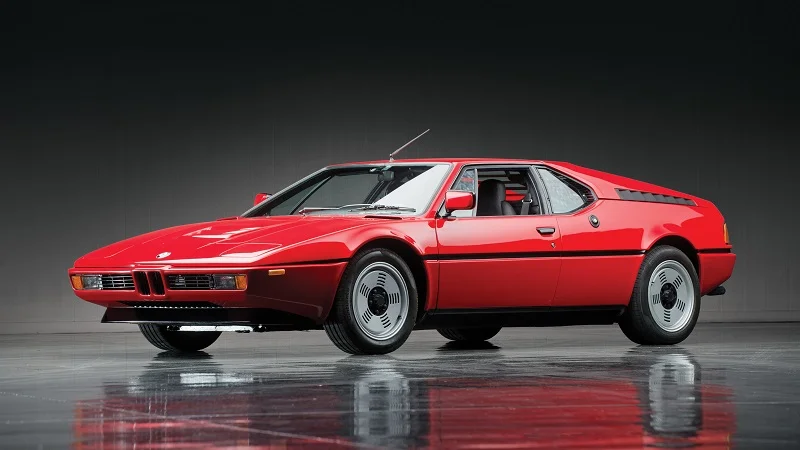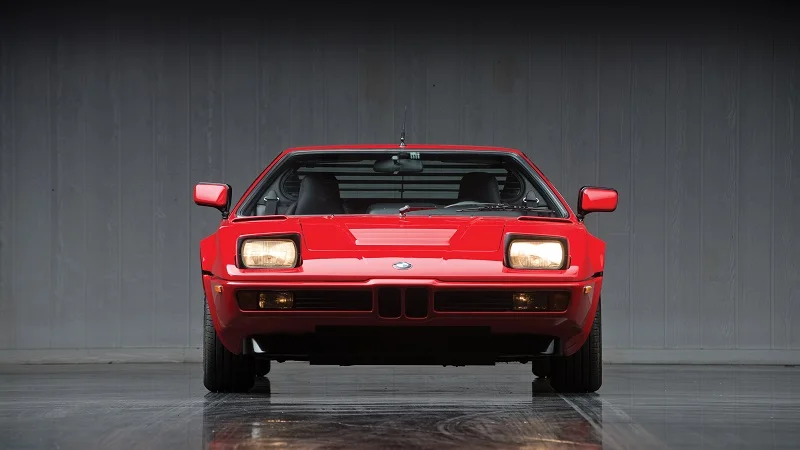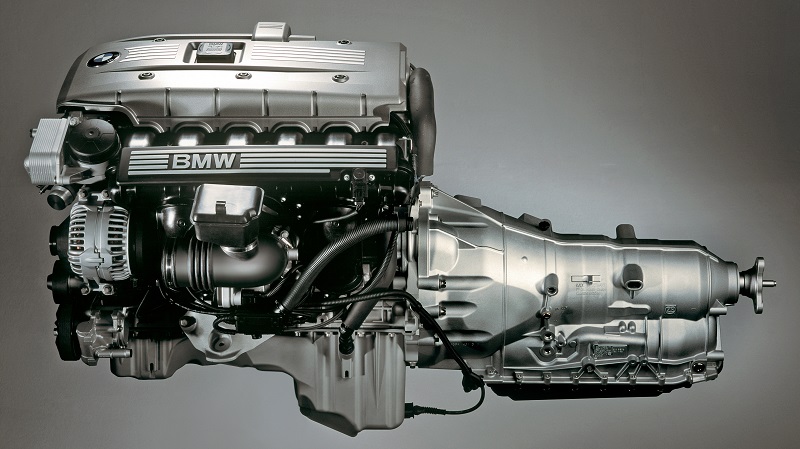In 1979, BMW built a car that gave birth to the ‘M’ series, was the first to be solely designed by the company’s motorsport division, and was built alongside Italian supercar maker Lamborghini – the M1. Despite its illustrious roots, the M1 project was a catastrophic failure that changed the course of things to come at BMW.
Here’s the story of the BMW supercar that almost wasn’t made.

A Design That Transcends Time
The BMW M1 is a piece of exquisite automotive beauty – knowing who designed it should tell you why. Not too long before BMW began work on the M1, it split with famed designer Paul Bracq. As design director at BMW, Bracq was responsible for the initial designs of multiple models, including the E21 3-series, the E23 7 Series, and most importantly, the 1973 Turbo concept.
The BMW M1 Finds its Roots
It’s this mid-engined, turbocharged concept that the M1 is based on. However, this time around, BMW decided to look outside of its in-house team to design their new car. And so, they reached out to Italian automotive design genius, Giorgetto Giugiaro. Unfamiliar with his work? Some examples include the Ferrari 250 GT Berlinetta, the Maserati Ghibli, and the original Volkswagen Golf, to name a few.
Even by today’s standard, the M1 is an aesthetically spectacular machine. Its sharp lines, wedge-shaped design, folding headlights, and slits over the rear window are an embodiment of a visionary supercar design.
However, BMW intended for the M1 to be more than just a piece of art. What it really wanted the car to do was win races. And you can’t do that without an engine.
An Unlikely Collaboration
The BMW M1 project was spearheaded by Jochen Neerpasch, the man behind the manufacturer’s racing prestige in the ’70s. The objective was to take on the mid-engined Porsche 935, who were enjoying tremendous success in Group-5 racing. The solution was to develop a mid-engined sports car that could do it.
Racing regulations demanded that 400 units of the M1 be built for the public for it to receive homologation for racing.
The Italian Job
At the time, BMW’s Motorsports GmbH (now, M Division) was still under development and didn’t have the resources to put together the M1. So, the German manufacturer reached out to the Italians – Lamborghini. The deal was that BMW would develop the engine, while Lamborghini would work on the chassis, the body, and put it together.
The BMW M1 M88 engine
The BMW M1 is powered by a 3,453cc straight-six engine, developed by Paul Rosche – the man who also went on to develop the S14 engine that would power the E30 M3. Dubbed the M88, this engine was the first to be developed solely by the motorsport division. It featured six separate throttle bodies, twin camshafts, and four valves per cylinder.

Peak output figures were 277bhp and 243 lb-ft of torque; not much by today’s standards, but enough to propel the car to a top speed of 265kph, making it the fastest German road car at the time.
What Else Made The M1
The M1 also featured a rack and pinion steering and double-wishbone suspension. The suspension had adjustable coil springs and gas-filled dampers sourced from Bilstein. The road car, meanwhile, had its suspension tweaked to offer a softer ride.
Wheel and brake components were high-performance, as well, including ventilated discs and Campagnolo alloy wheels. Considering its predominantly on-track intentions, the M1 had rather basic interiors. The road car did have air-conditioning, and a stereo, but lacked features like adjustable seats.
What Went Wrong
The M1 had the makings of a race-winning supercar, however, its claim to fame was short-lived. Soon after the partnership was underway, Lamborghini ran into financial trouble and issues on the production line, resulting in a delay in production.
Lamborghini was expected to deliver 400 road-going units within 24 months but failed to do so. BMW then decided to take matters into their own hands and took the prototypes back from Lamborghini, in an effort to try and complete the product in time for the racing season.
Unfortunately, by the time it could do this, racing regulations had changed and the M1 no longer qualified. Eventually, BMW was left with a racecar and no race to take part in. A total of 453 M1’s were built, 399 of which were sold to the public.
The rest? BMW came up with the perfect solution. To make their own racing series.

Built To Race
In 1979, Neerpasch came up with the idea of a BMW M1 One-Make Championship that would run modified M1’s. He aimed to use the funding from the series to build enough cars to enter the Group-4 classification racing.
The series, called the ‘Procar BMW M1 Championship’ ran for 2 years, as a support series for Formula 1. Despite its short-lived tenure, the Procar series did see some notable names participate and win. The first season in 1979 was won by Niki Lauda, and the subsequent championship went to Nelson Piquet.
Other Racing Efforts:
The M1 also took part in the 24 Hours of Le Mans from 1981 to 1986. The car was competitive but did not win any races for the manufacturer.
In 1982, an M1 Pro Car was also modified to participate in the Group B rally by BMW France. Interestingly, it was in the dirt that the M1 enjoyed the most success. Former European Rally Championship (ERC) Champion Bernard Béguin won back-to-back at the Rallye de La Baule and Rallye de Lorraine in 1984 and claimed a podium at the Rally d’Antibes.
BMW M1: Only Legacy Remains
BMW didn’t recover from the setbacks that the M1 project had dealt with and it was only years later that the German’s tasted success against its arch-rival. In April 2008, 30 years after the M1 was first introduced, BMW unveiled the M1 Homage concept to commemorate its legacy.
The M1 was also the only mid-engined production BMW for nearly 35 years, until the introduction of the i8.
That was the last of the M1. A series of unfortunate events meant that the car that was meant to write BMW’s racing future ended up being a small part of the manufacturer’s history books. The M1 is remembered fondly by enthusiasts and is sought by car collectors worldwide. While it may not have achieved greatness like BMW may have hoped, the M1 Is a masterpiece and a bittersweet reminder of how close BMW came to having it all.





